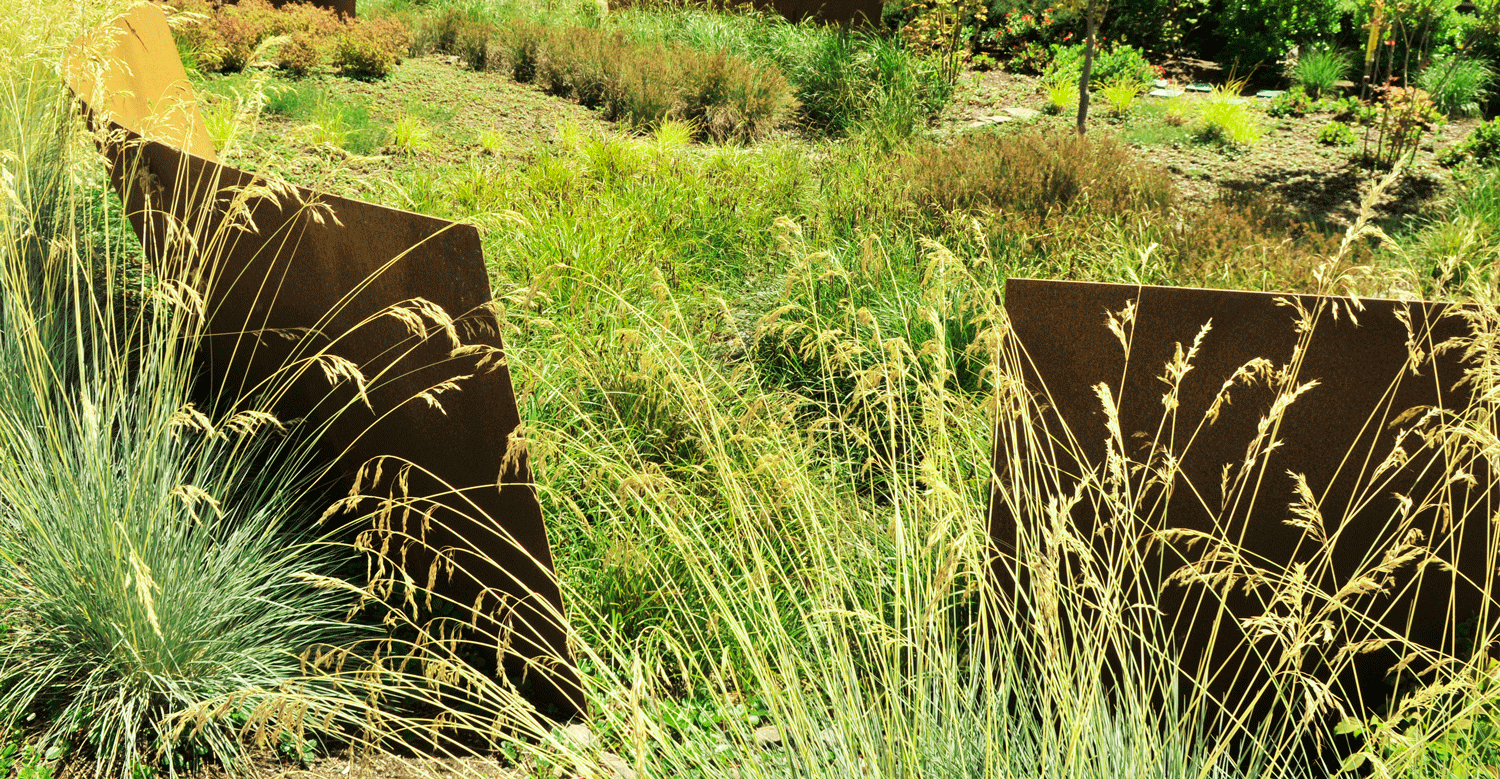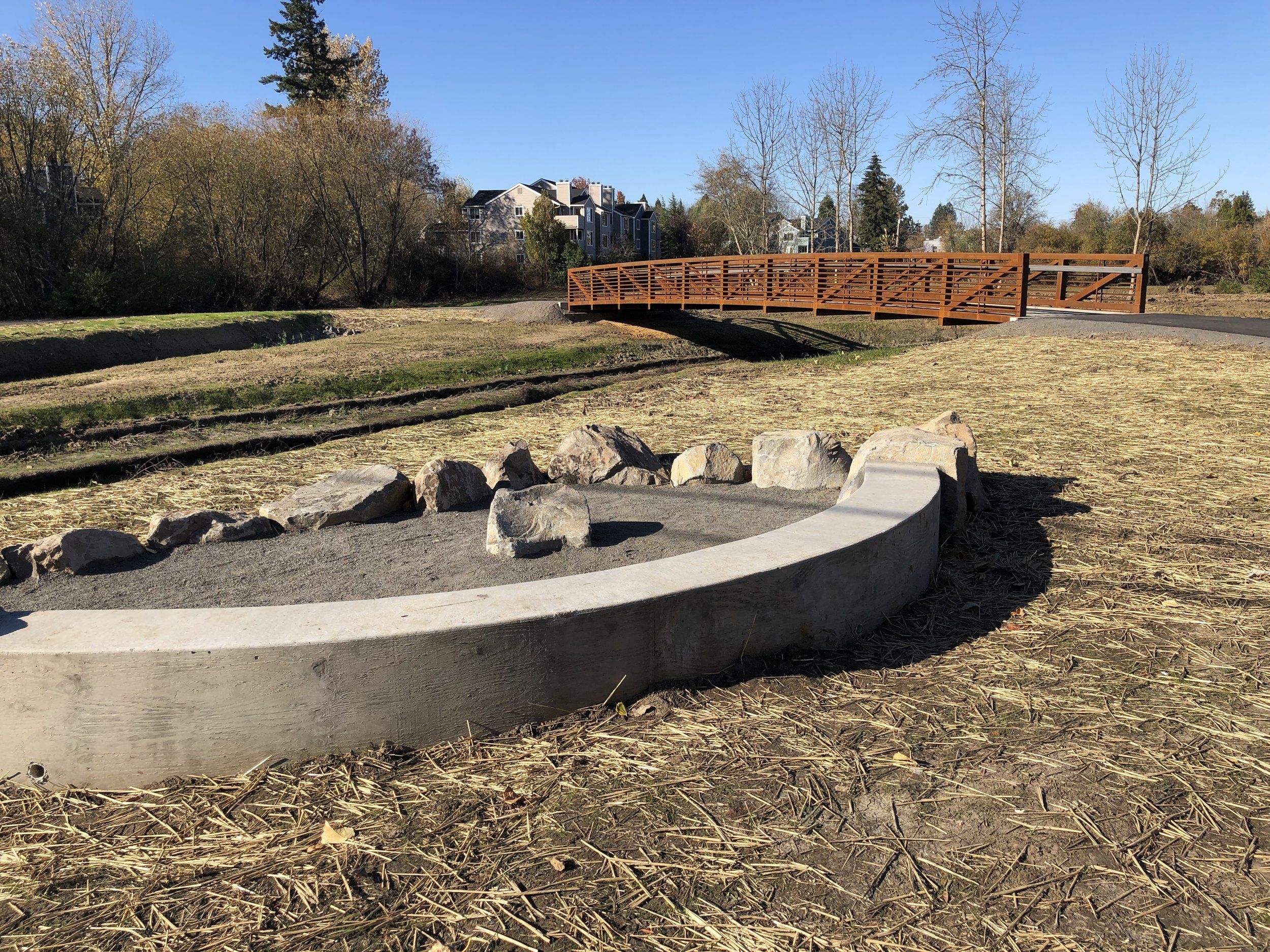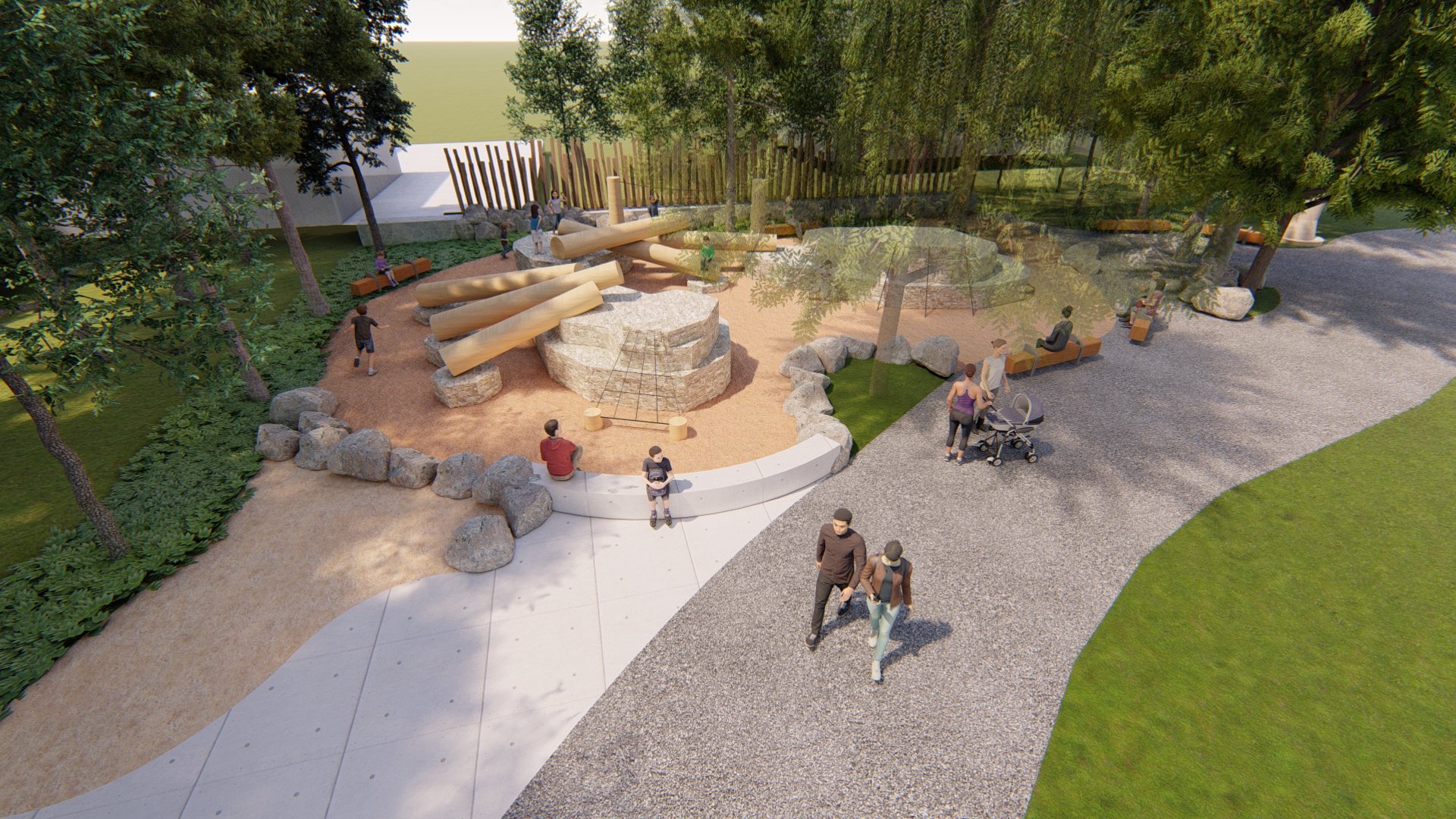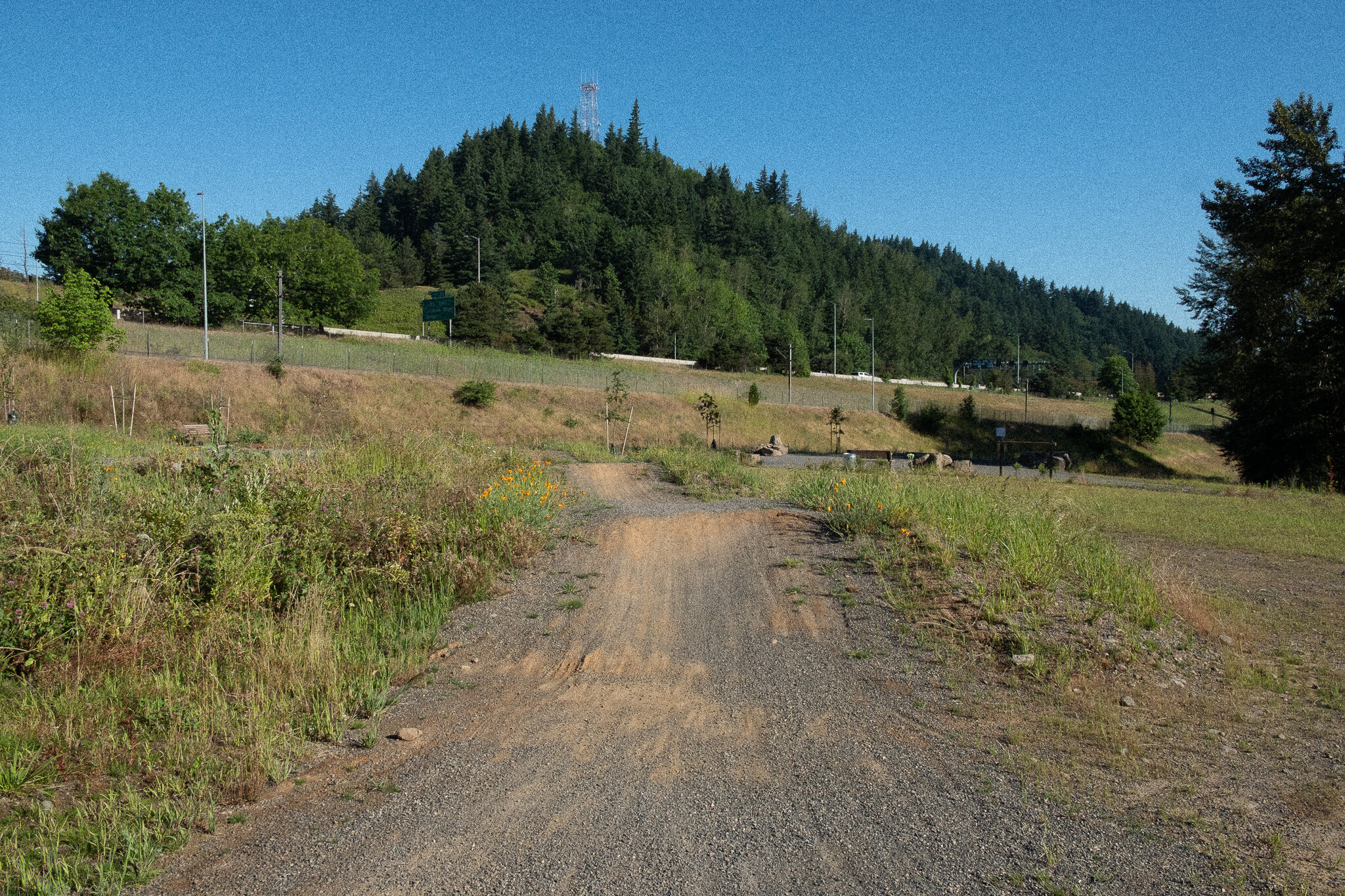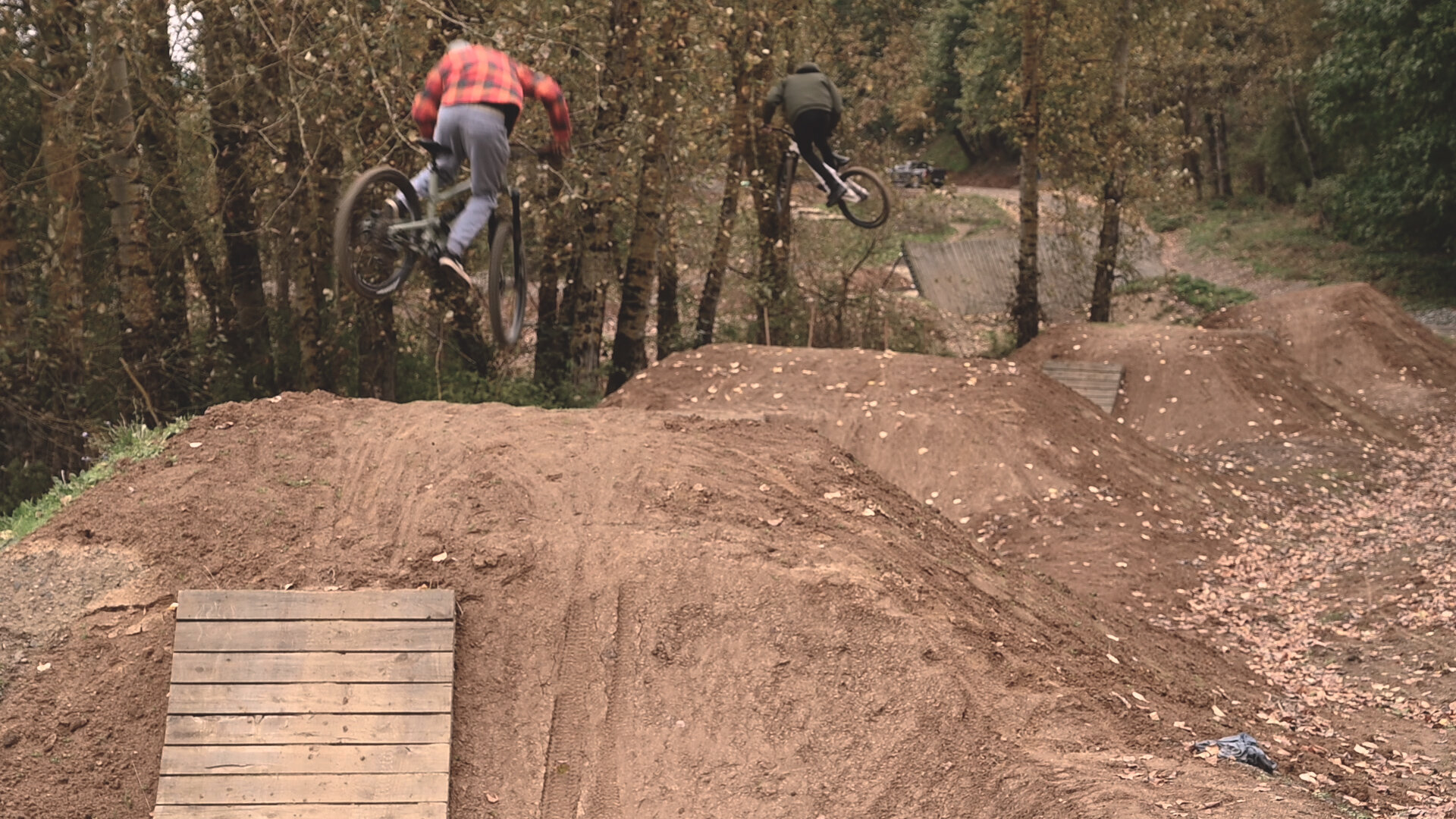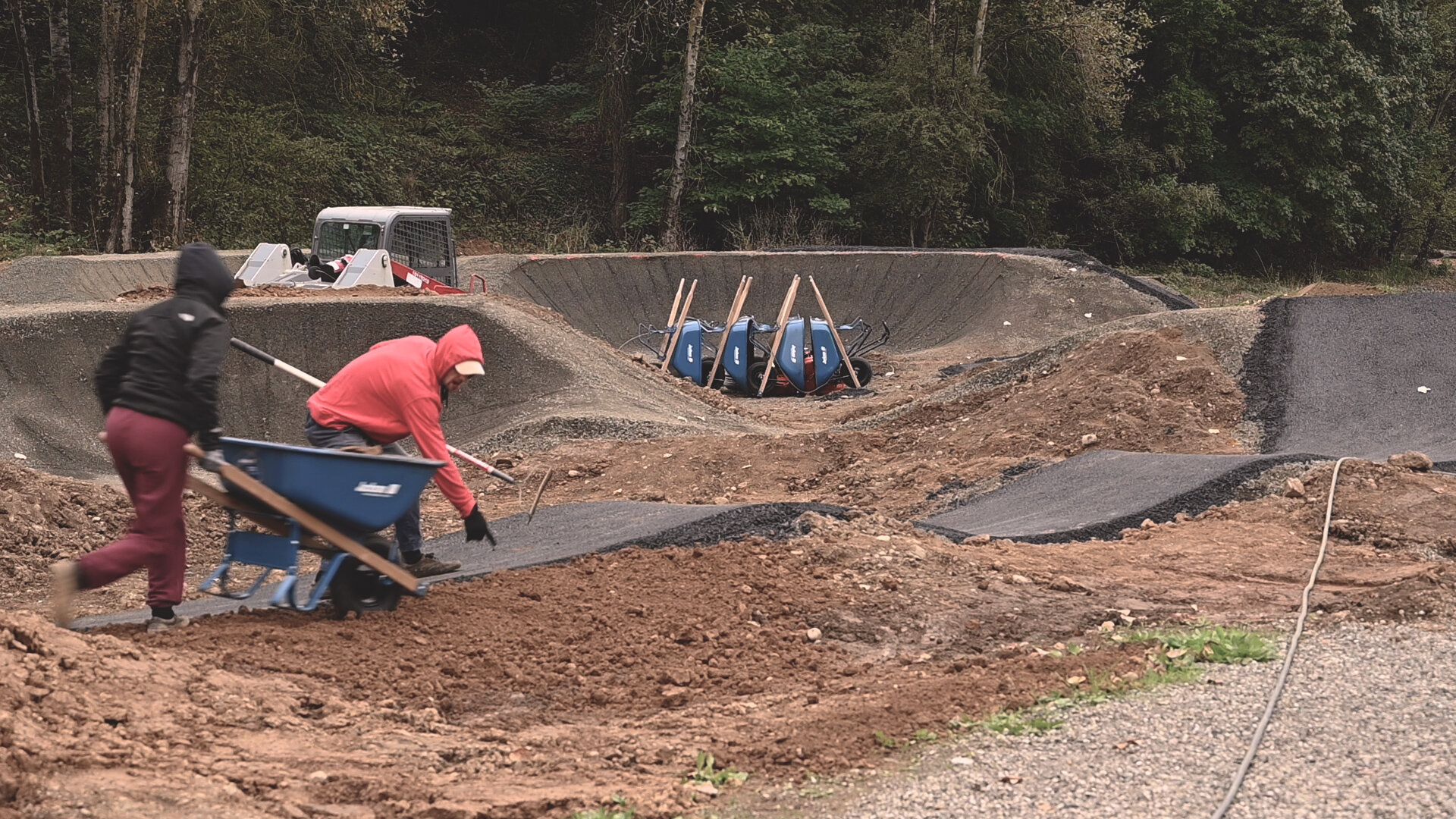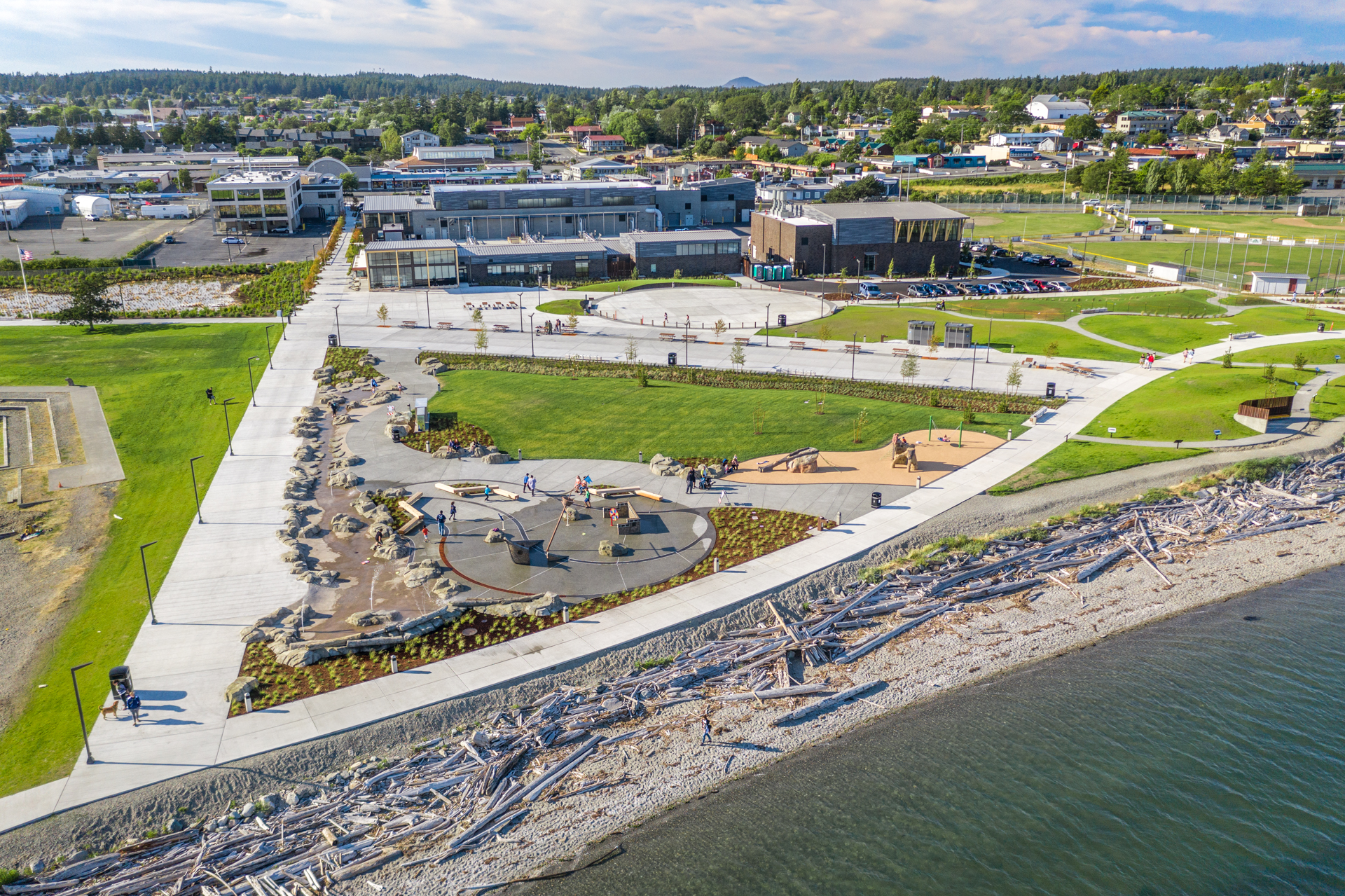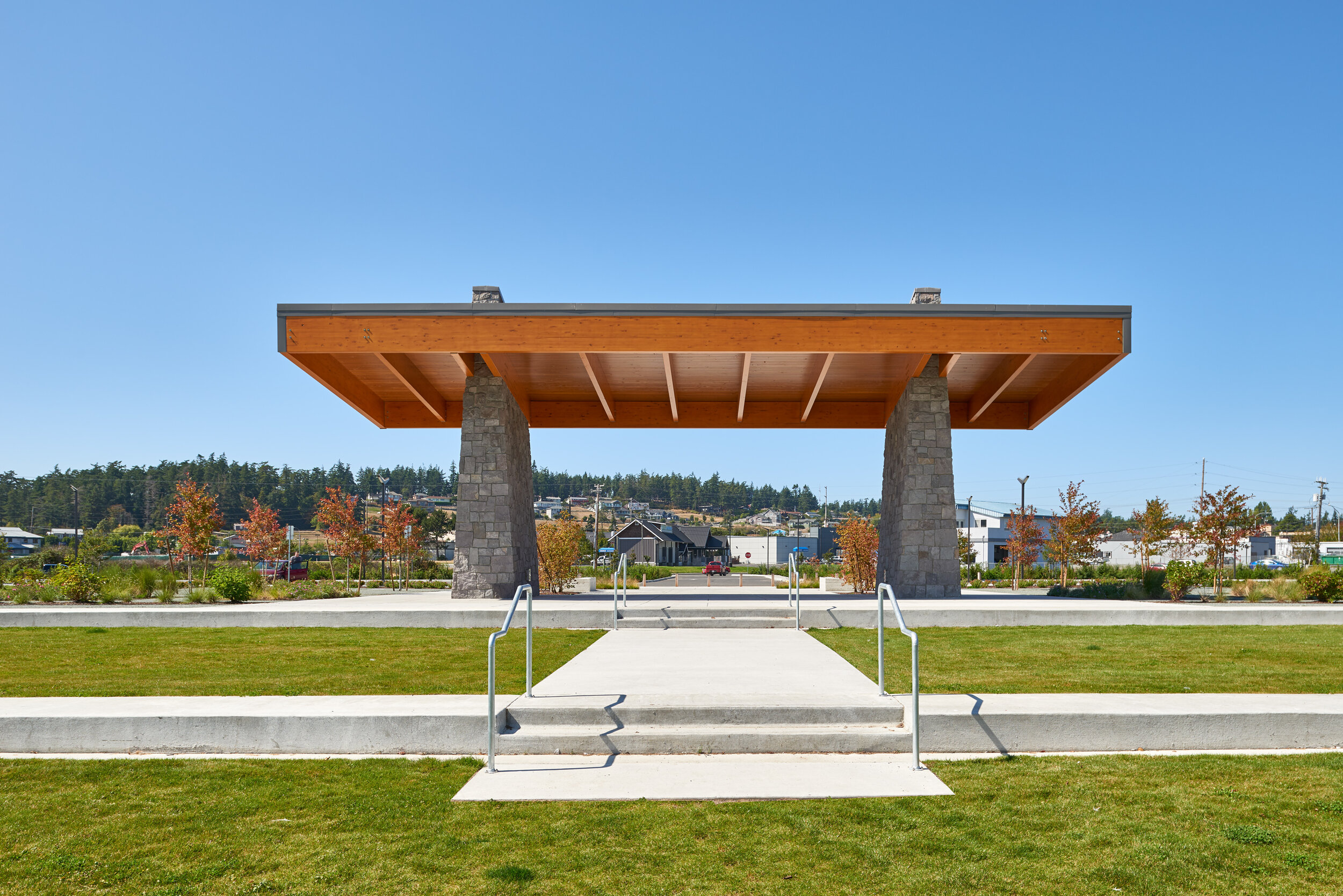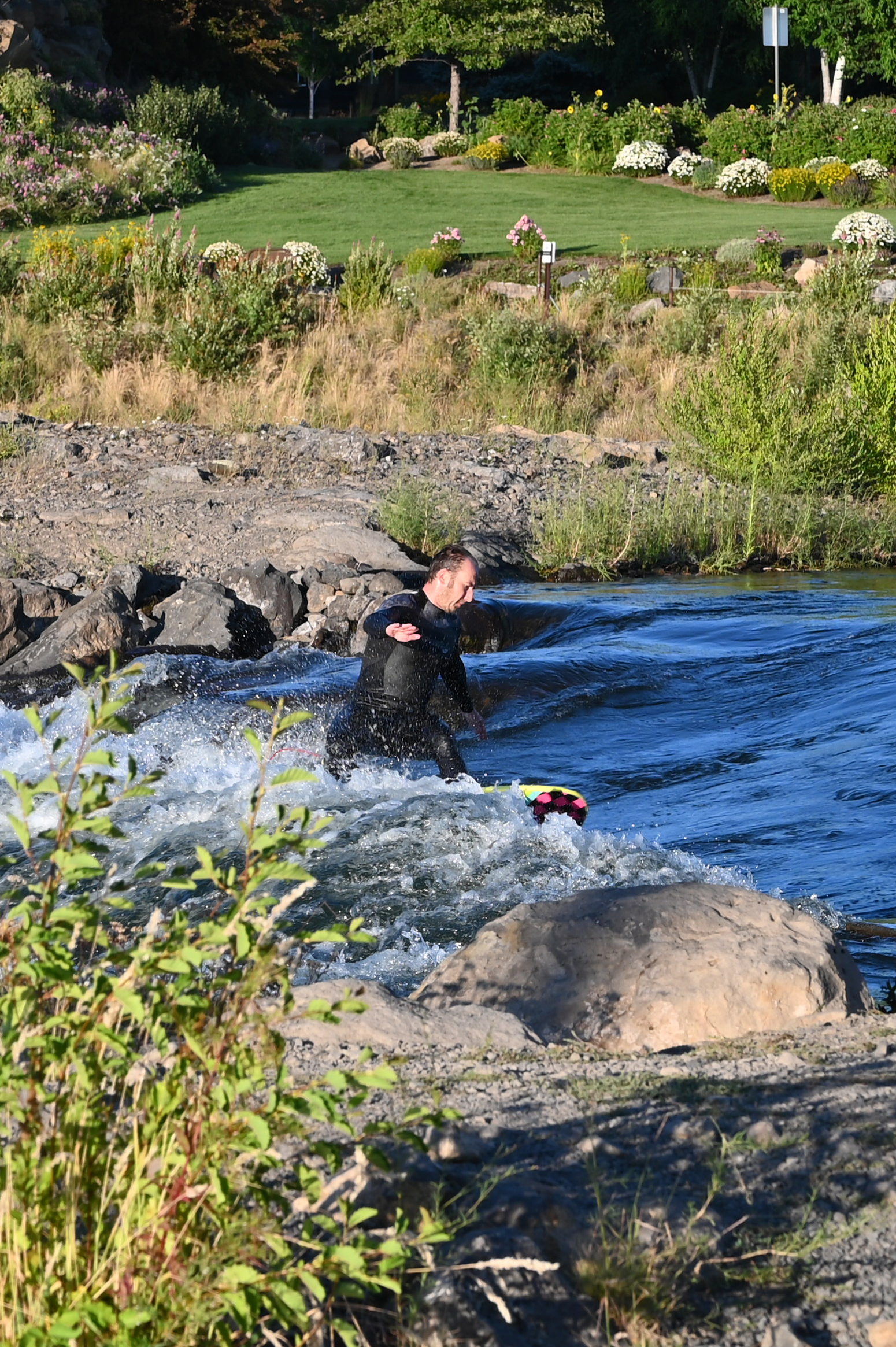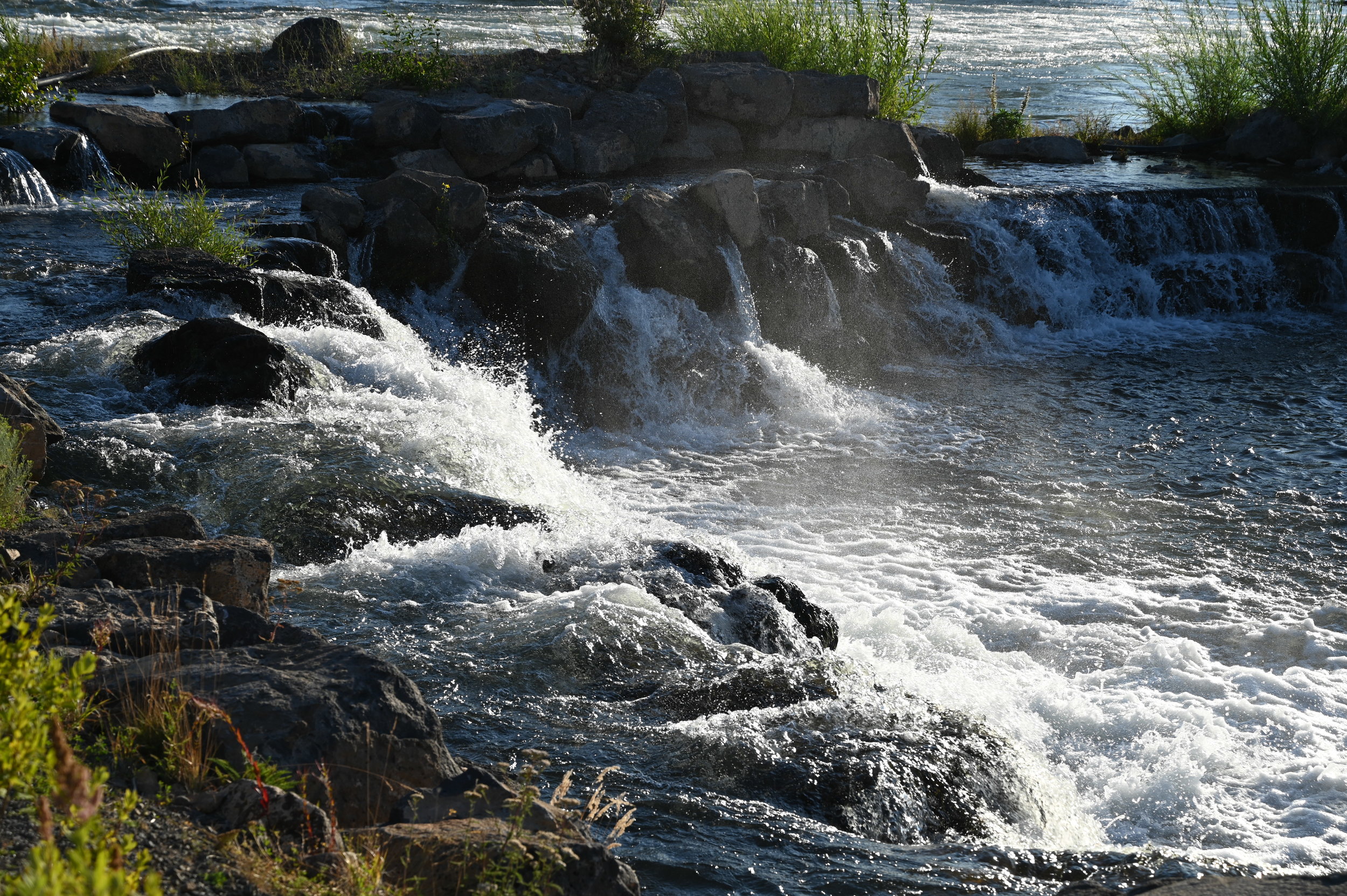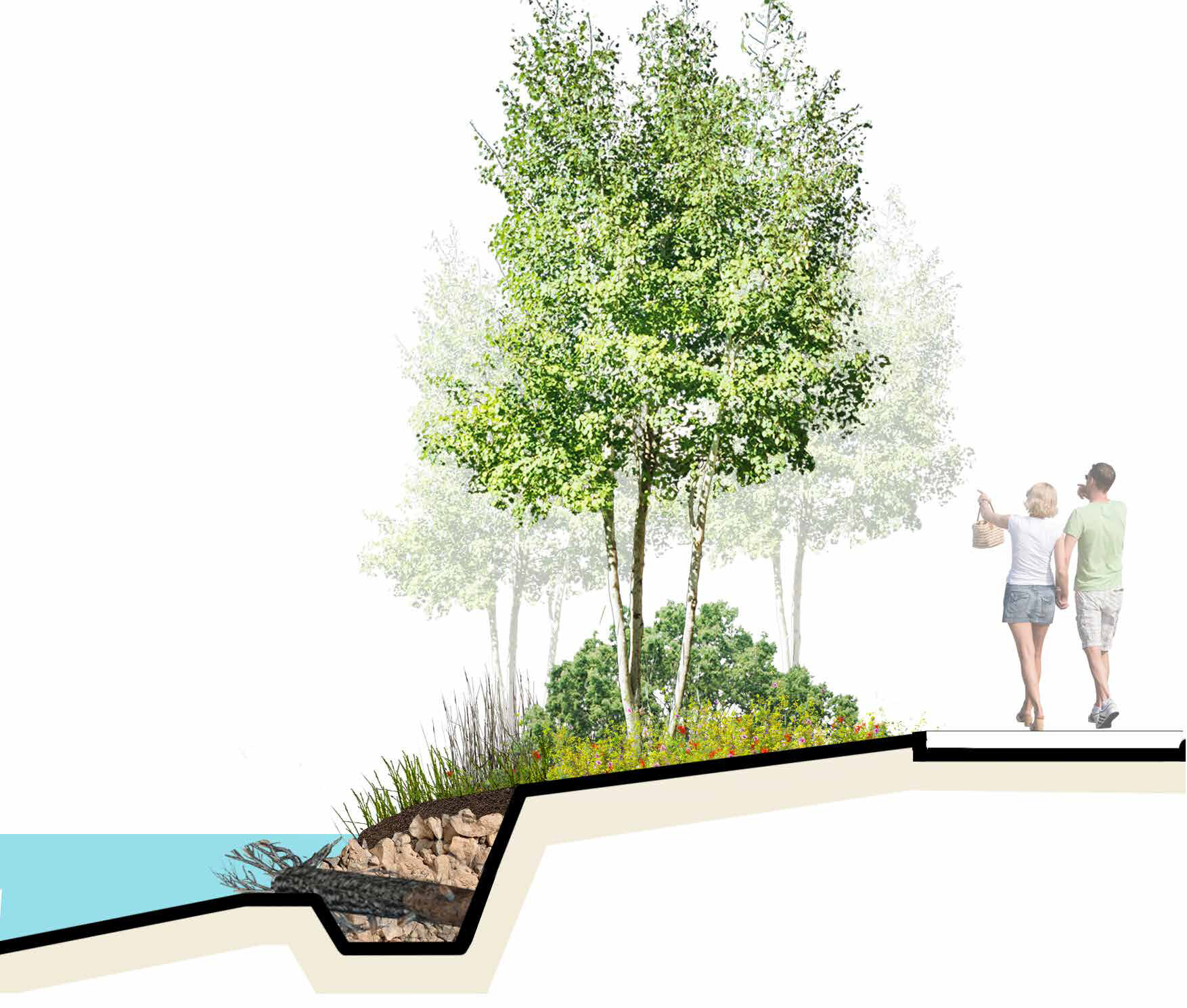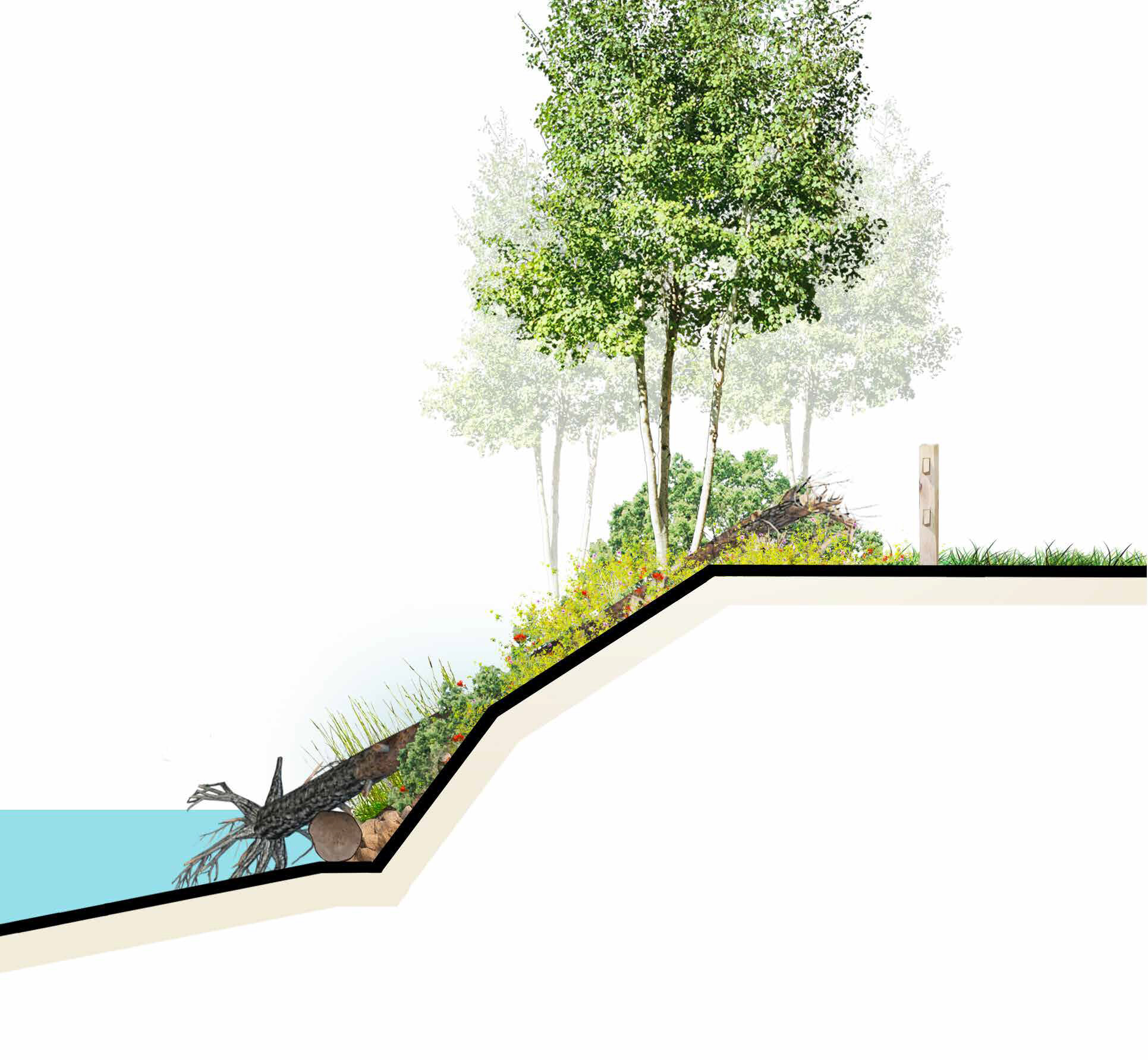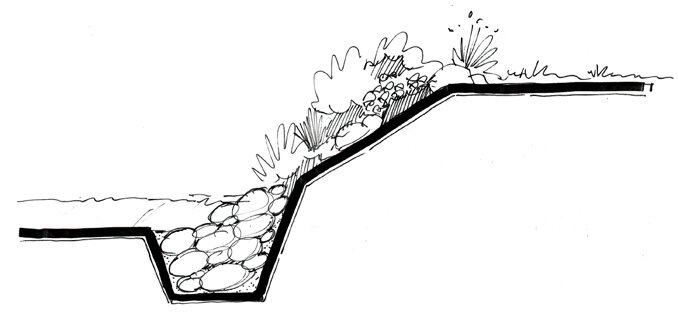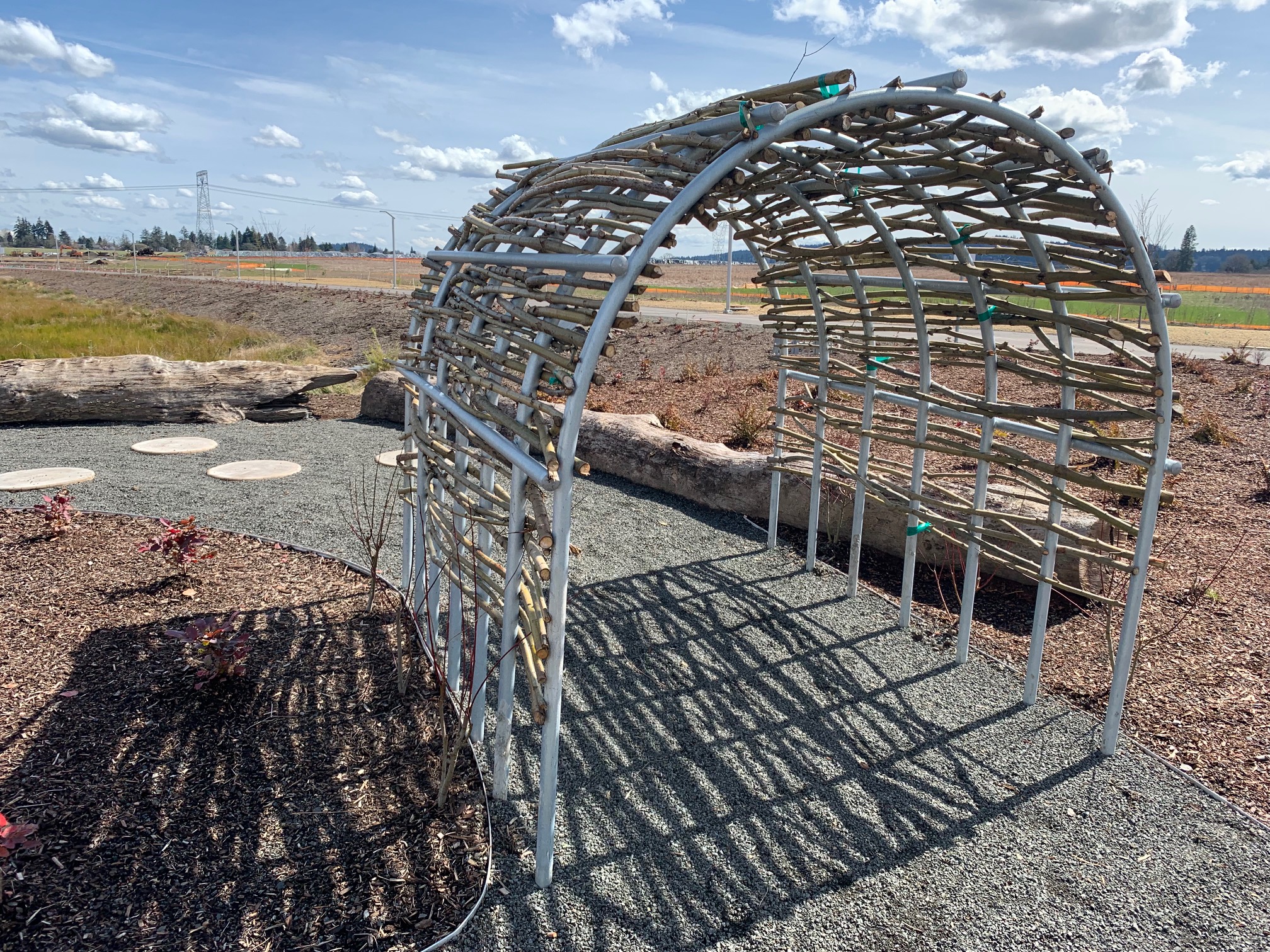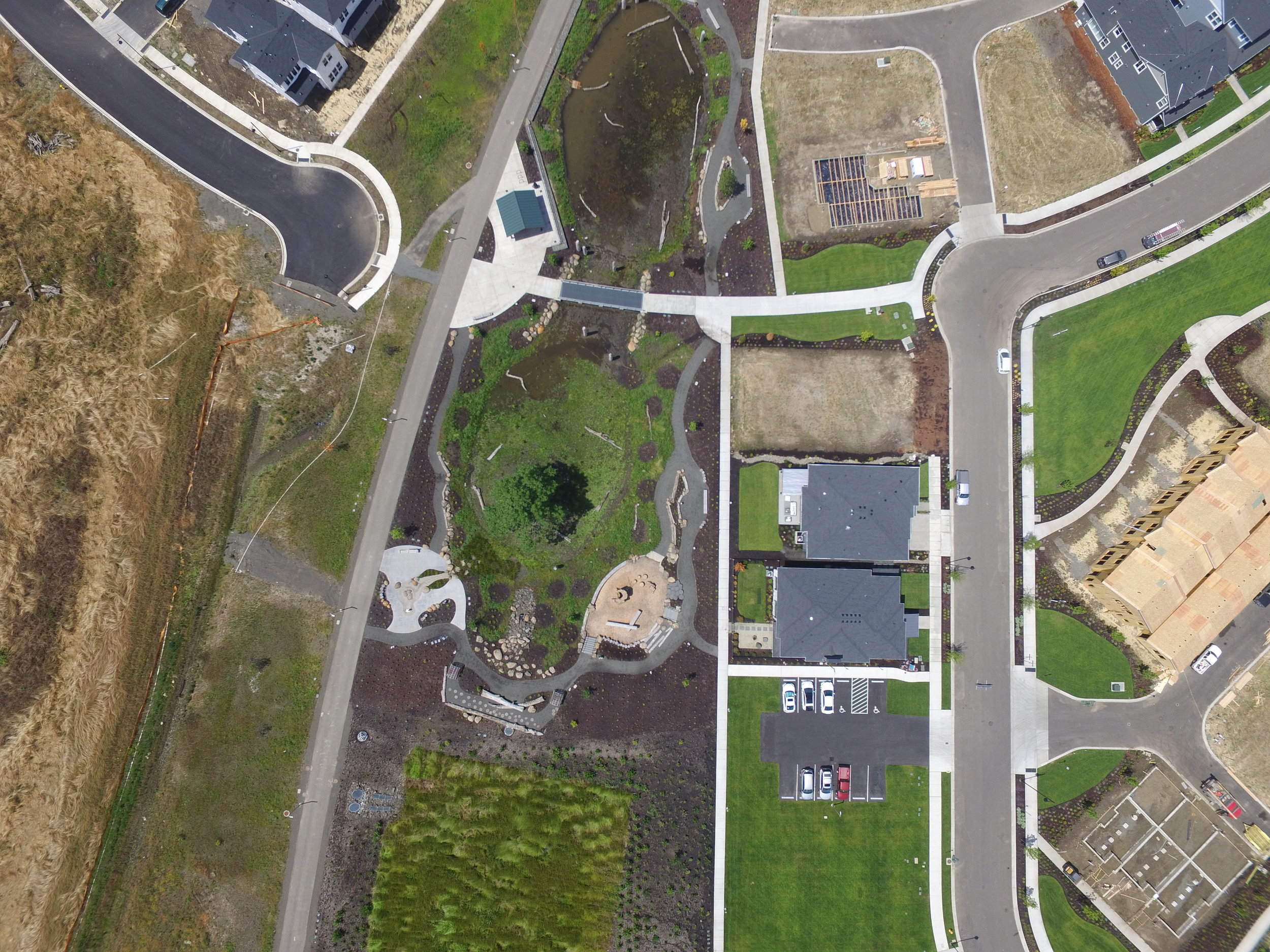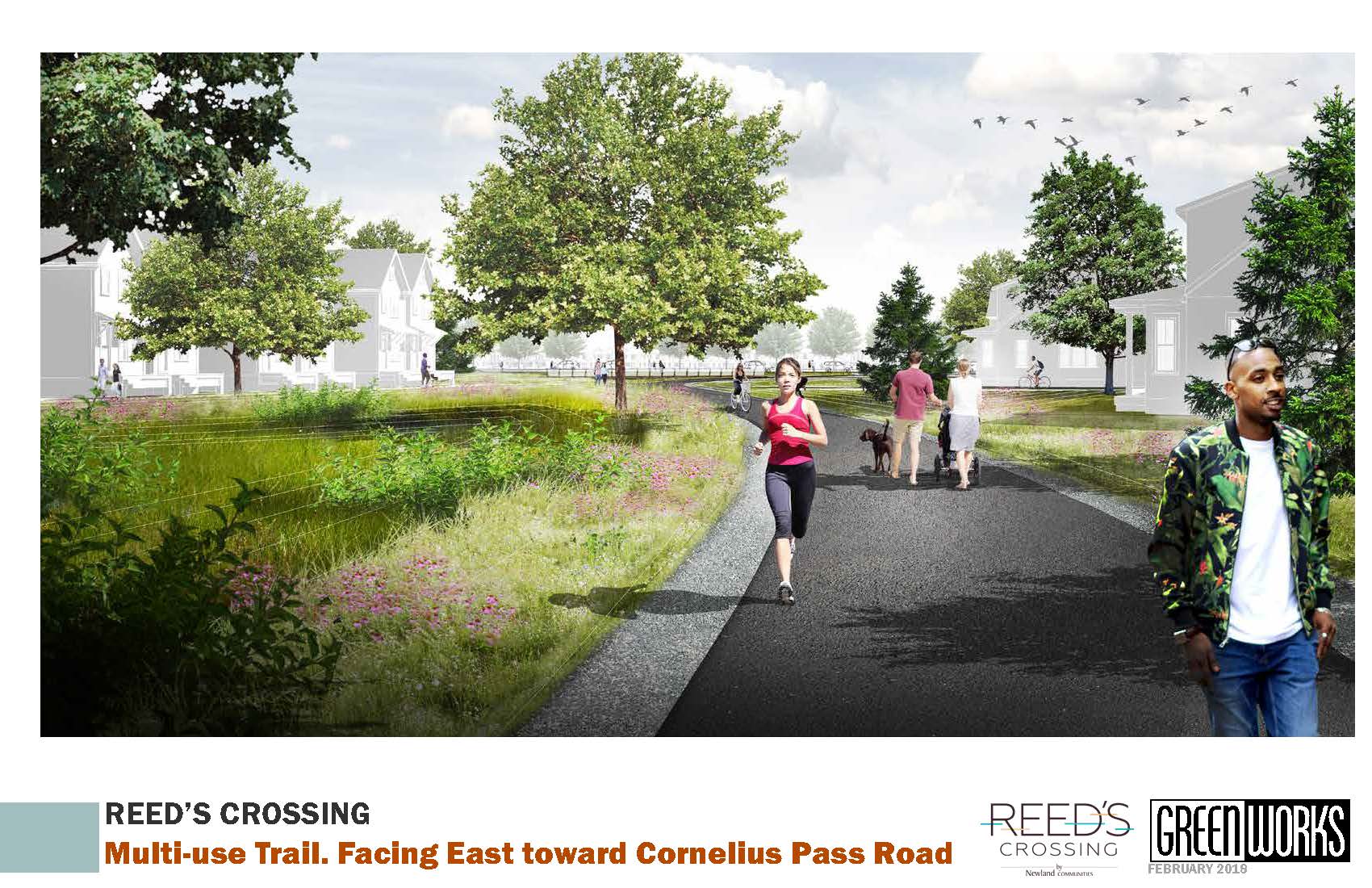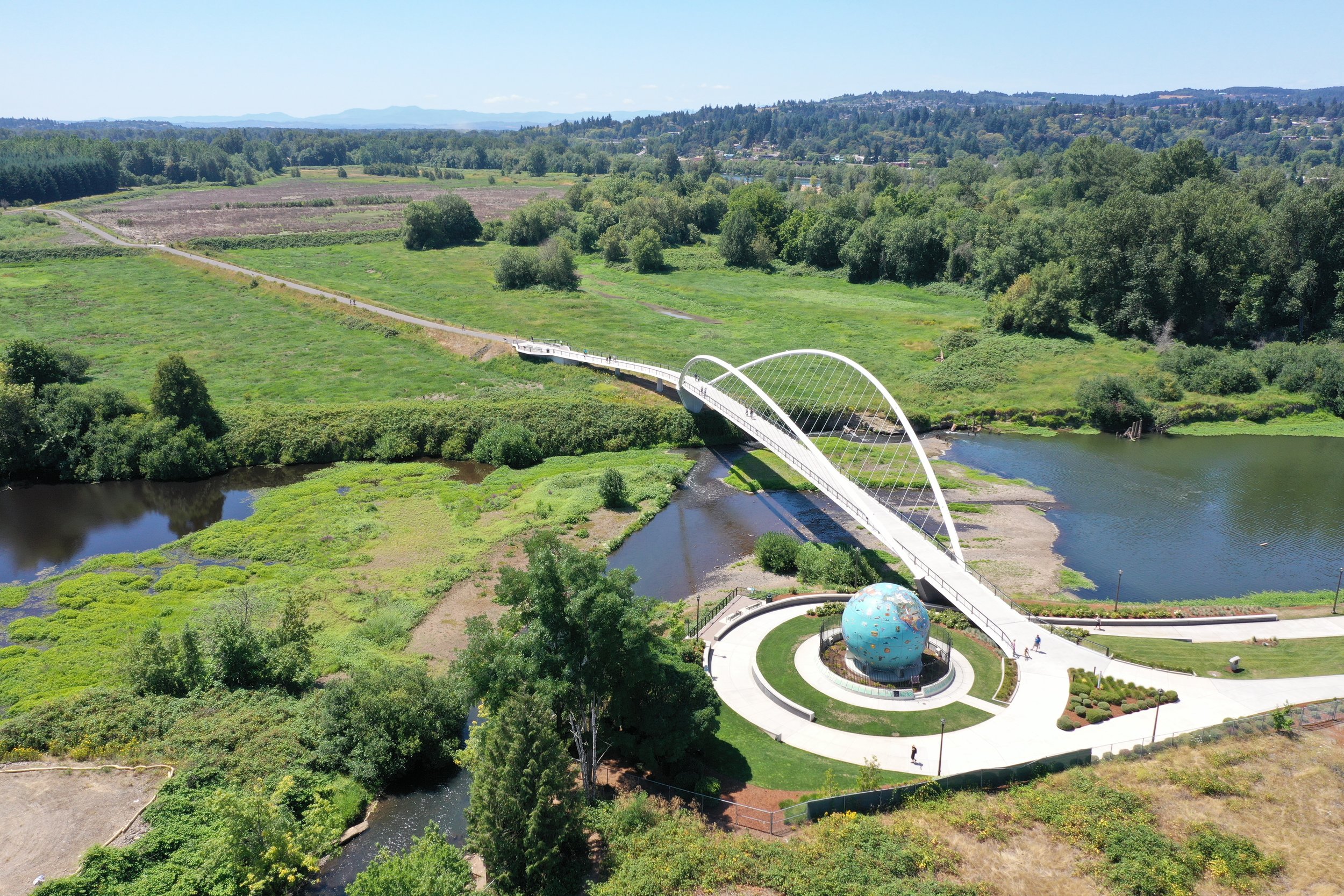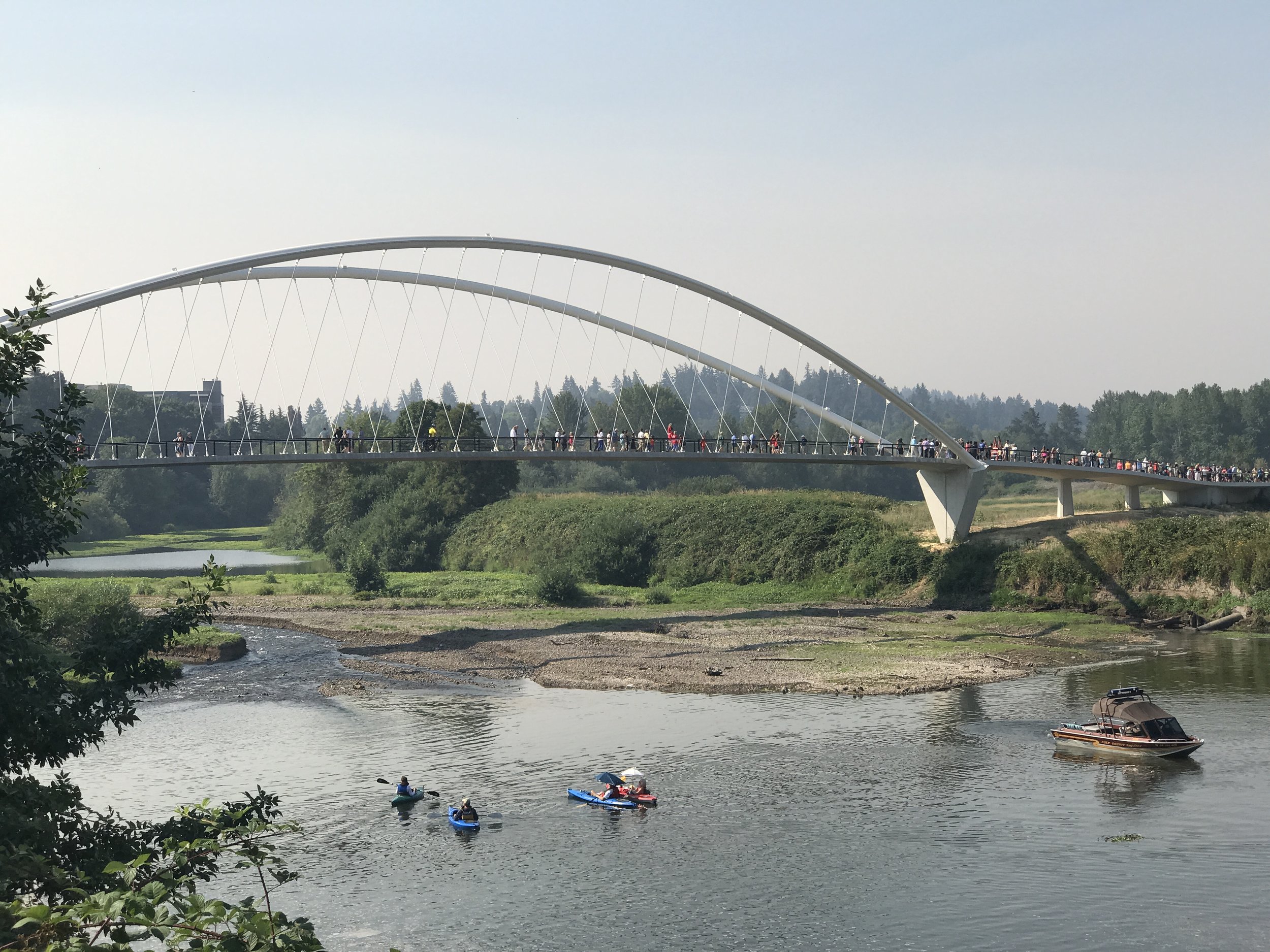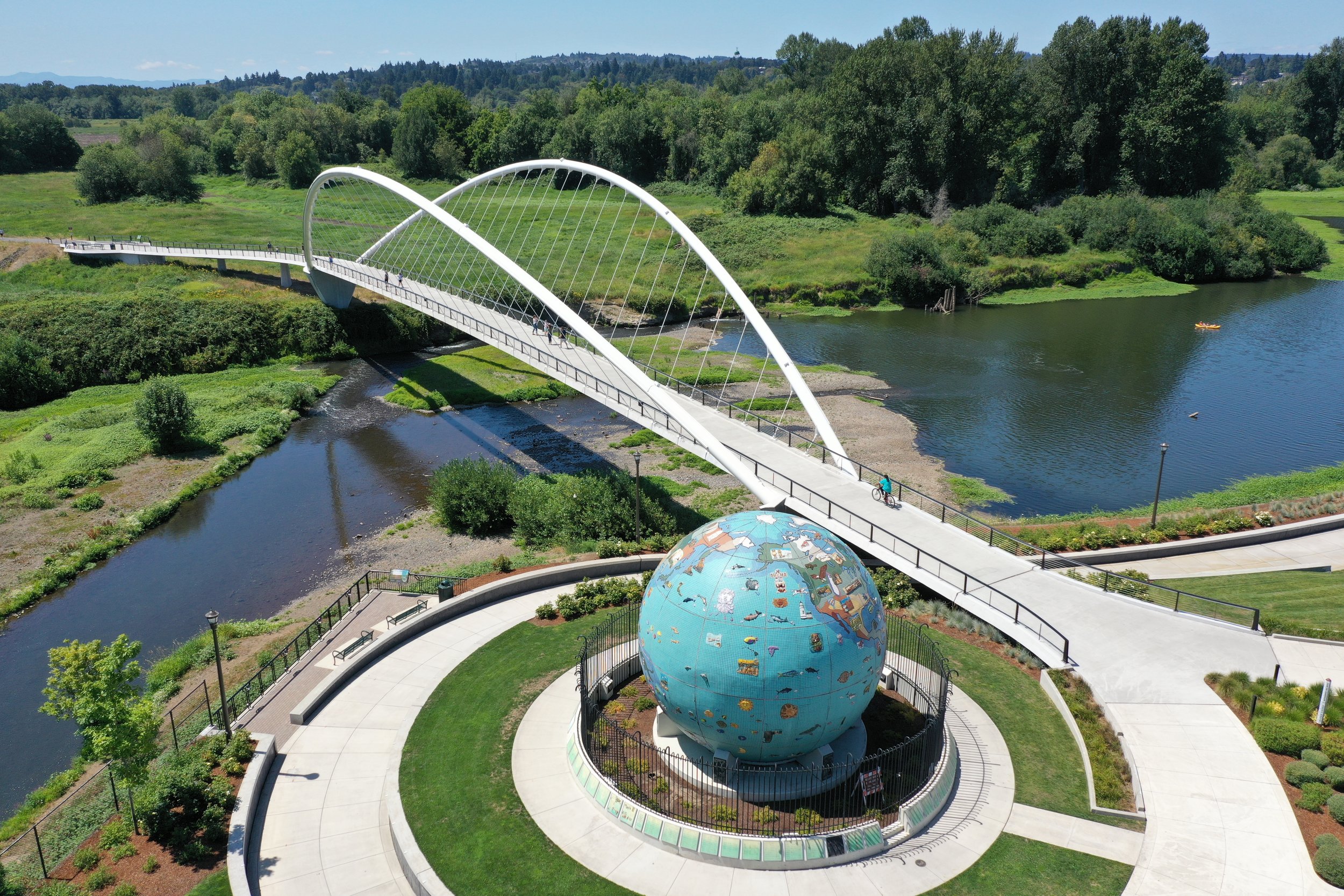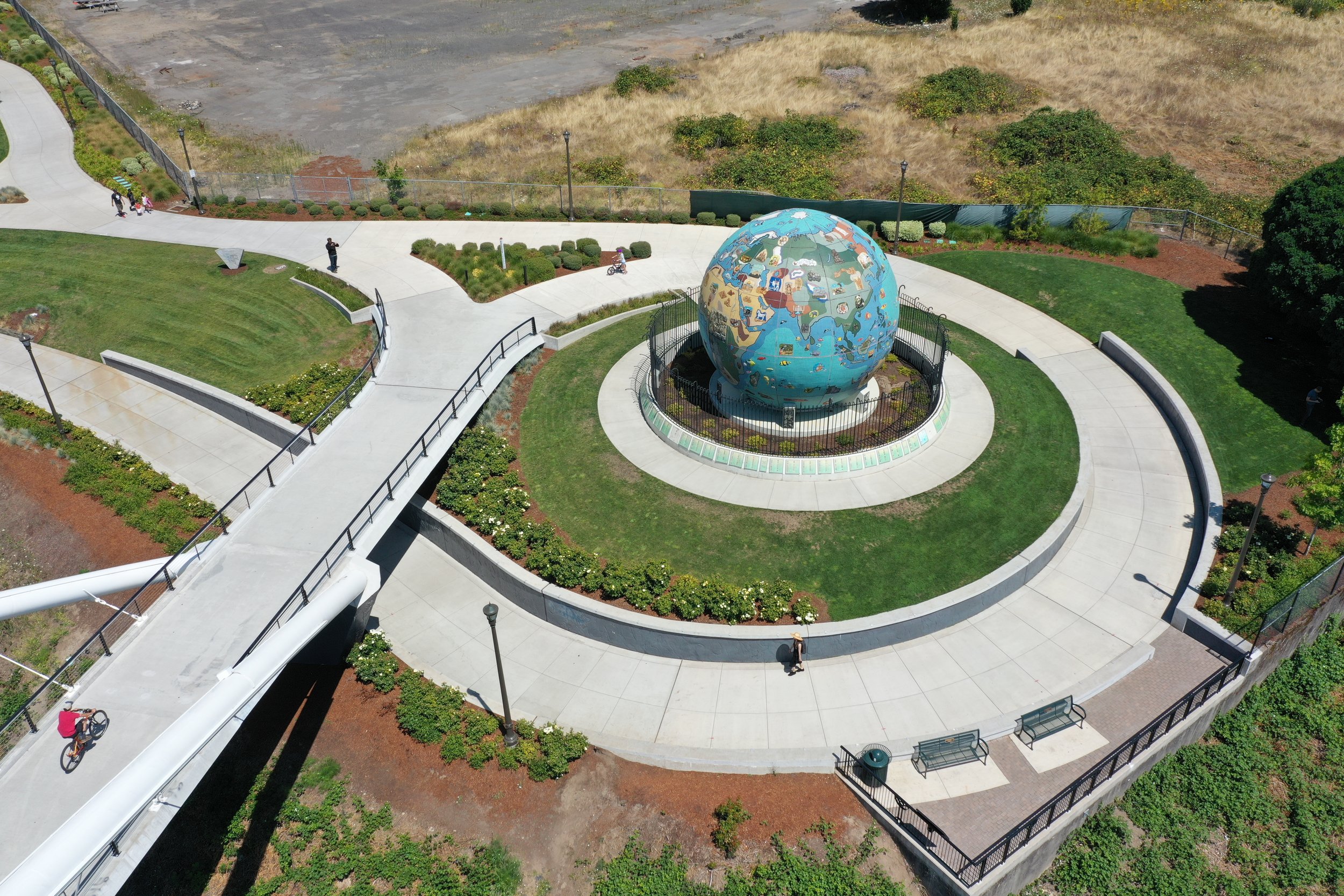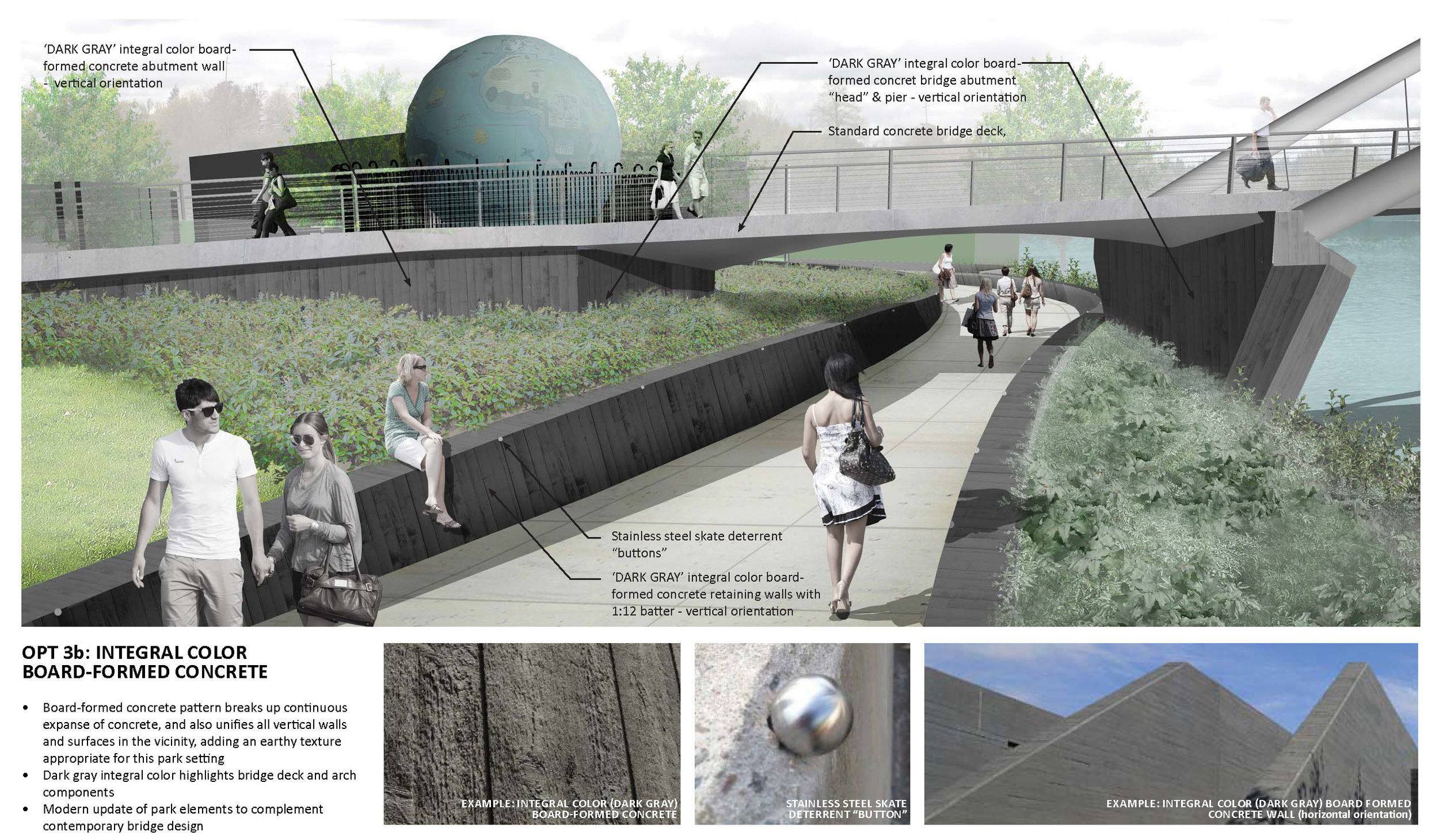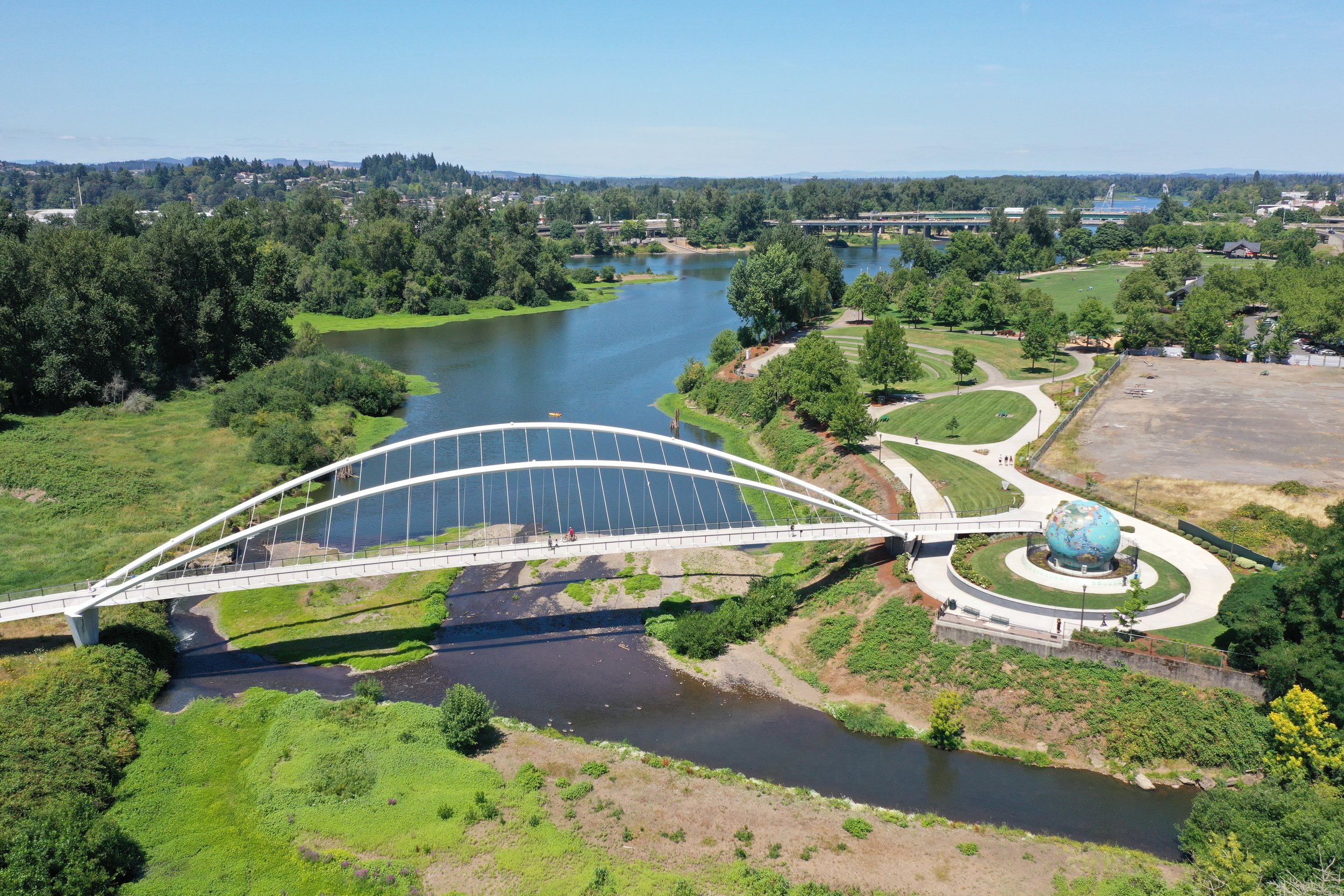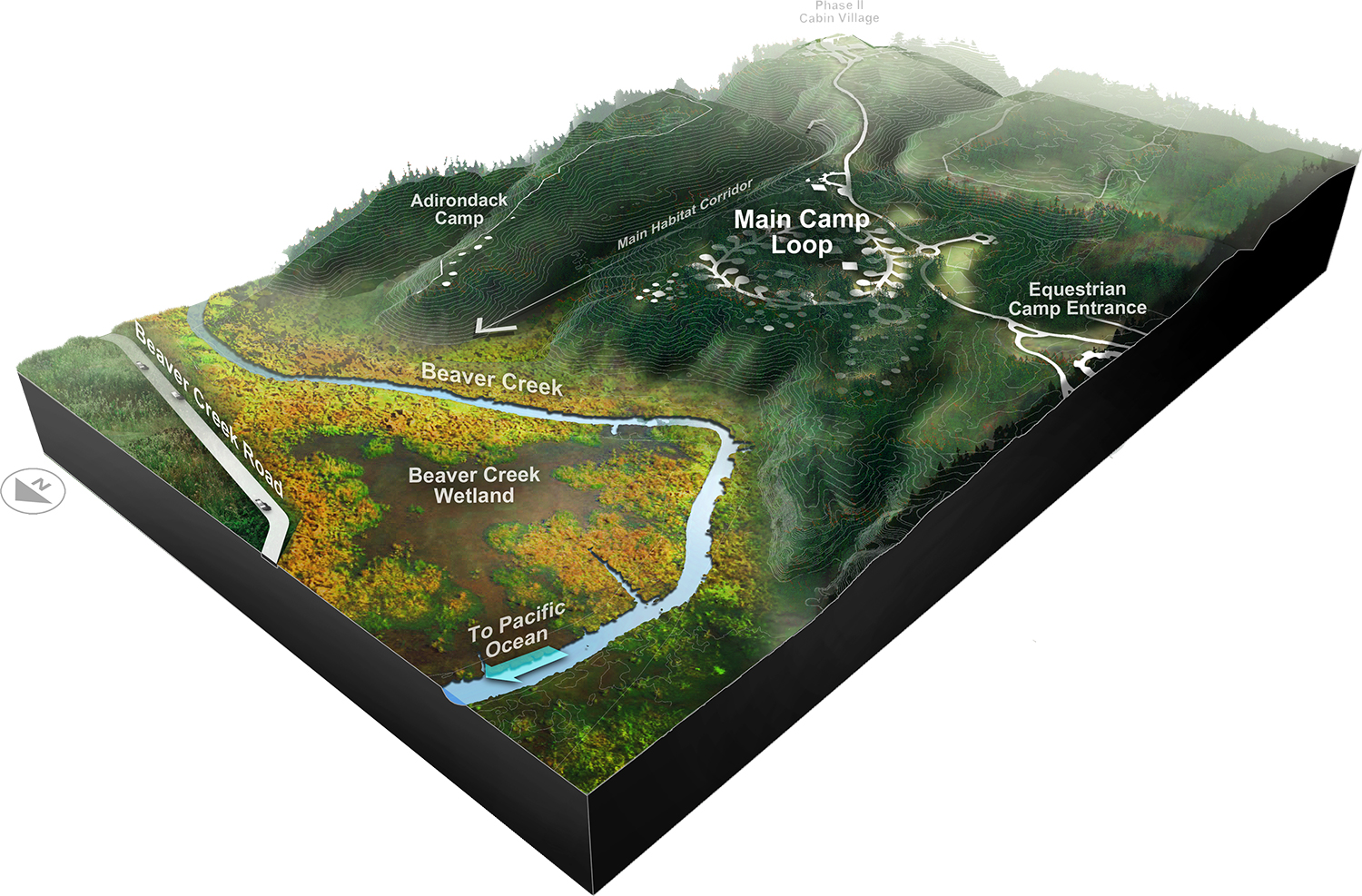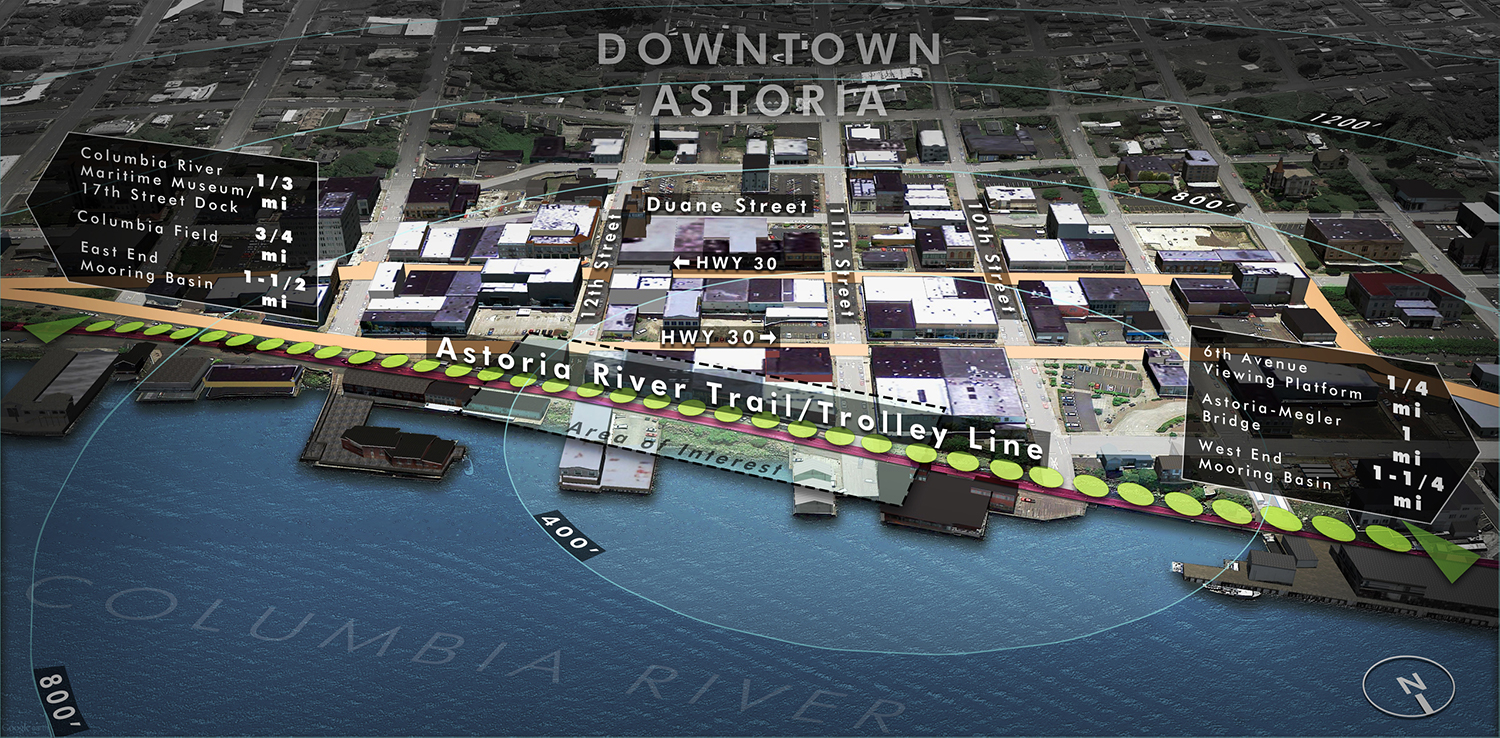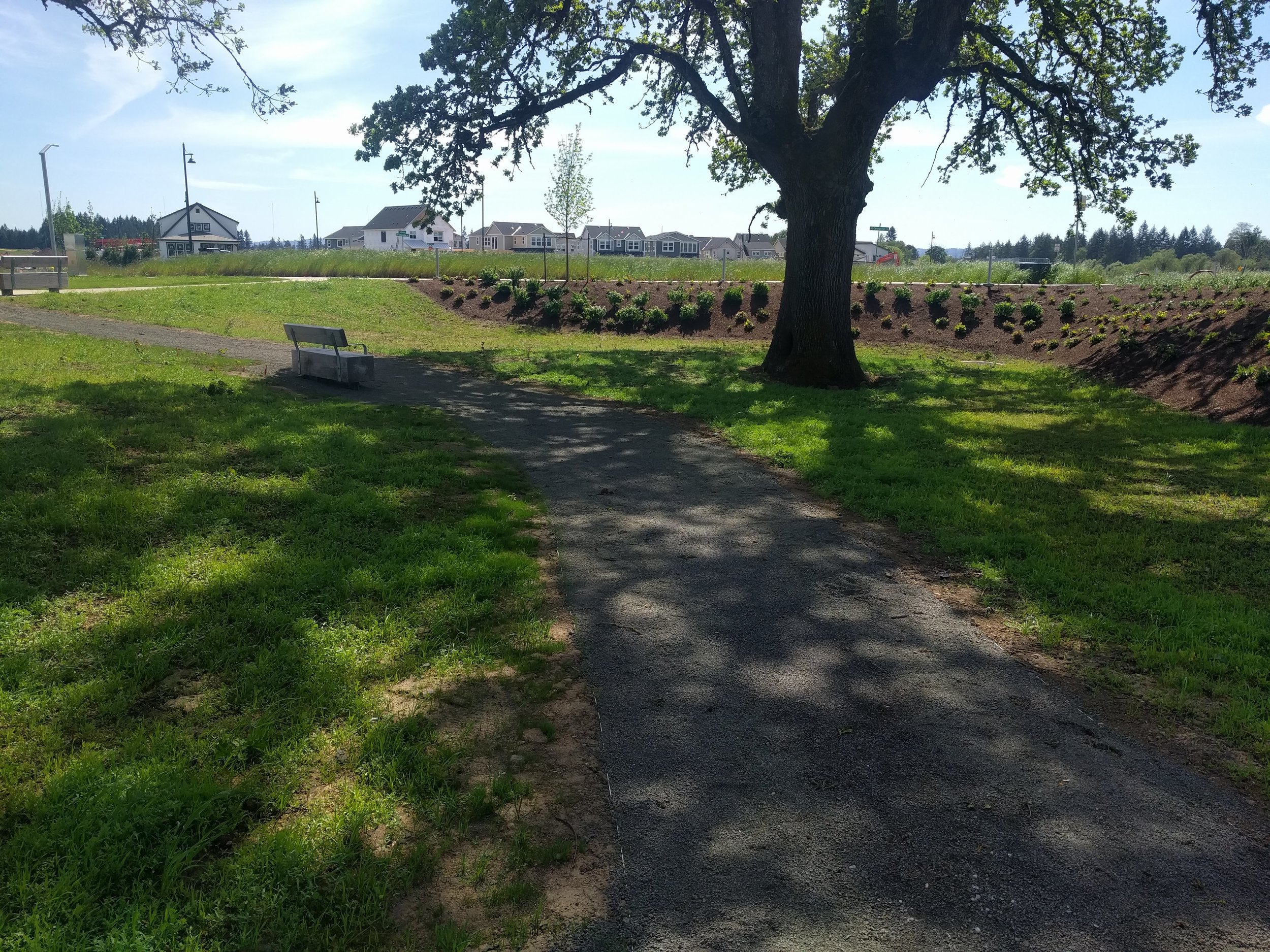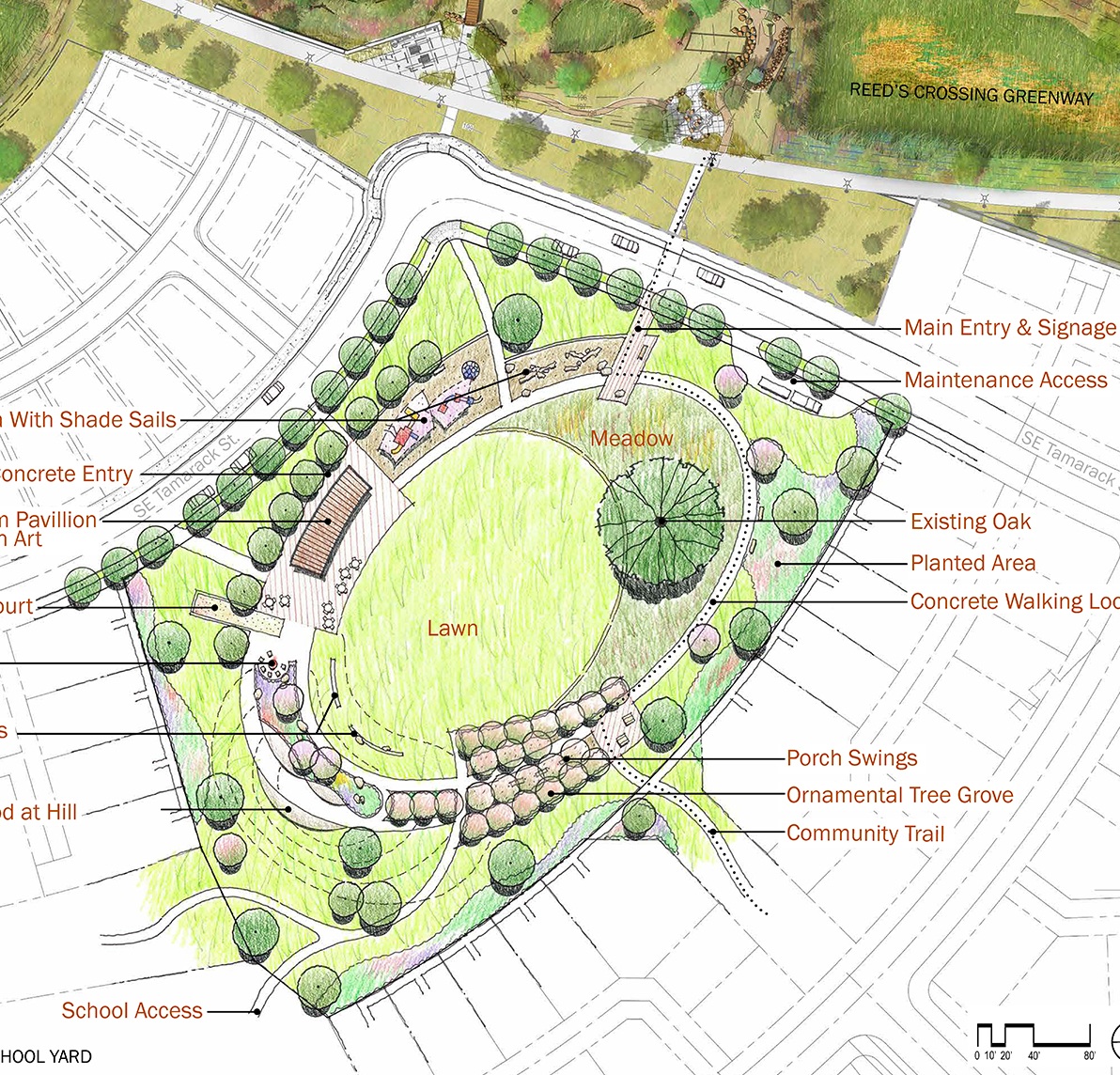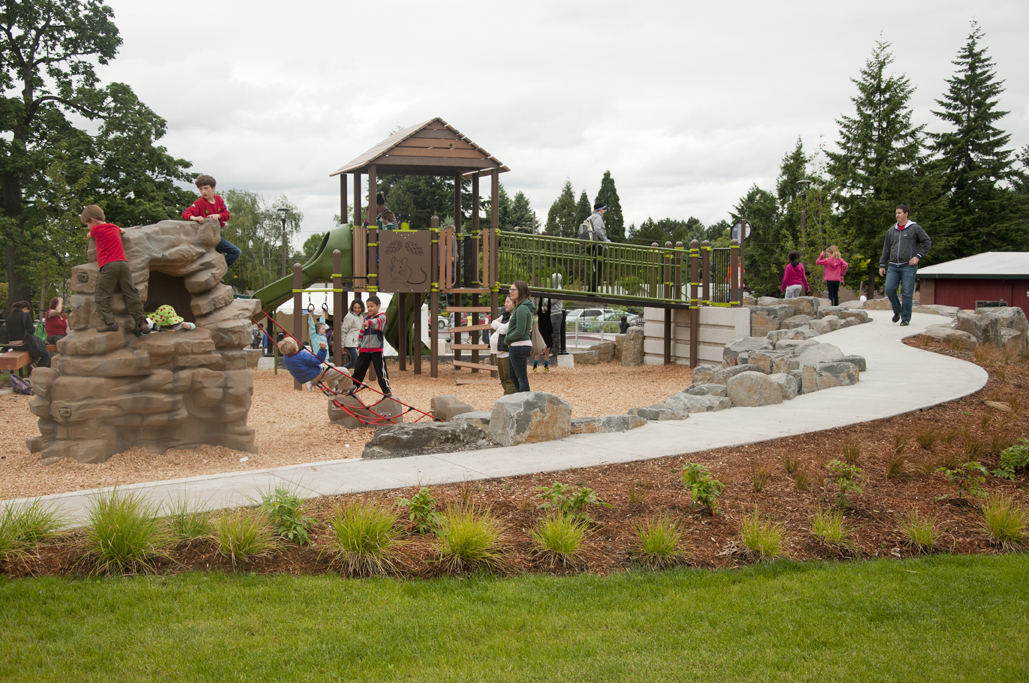Fanno Creek Greenway Remeander
/GreenWorks has hired by Clean Water Services on a multi-disciplinary team lead by HDR to restore a segment of Fanno Creek and improve the Fanno Creek Trail in downtown Tigard. GreenWorks’ role on the project is to provide trail design for a quarter mile segment of the 15-mile regional trail that extends from Tualatin to Portland through Tigard. The creek enhancements include restoring a previously straightened portion of the creek to a natural, meandering alignment that will improve hydrologic function of the creek and adjacent floodplain. The Fanno Creek Trail improvements mimic the new creek alignment to draw pedestrians and bikers further into the park to experience the natural environment. The project also included replacing an old bridge, elevated to improve stream hydrology and maximize trail function for cyclists using the Fanno Creek Trail.

